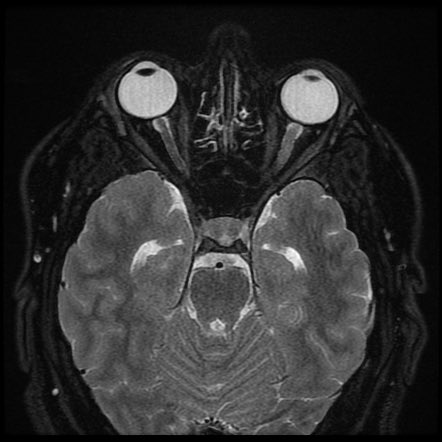Transient worsening of poststroke neurologic deficits or reemergence of previous stroke-related deficits (or poststroke recrudescence [PSR]) in the setting of toxic metabolic factors is a frequently encountered phenomenon
PSR is often referred to as an anamnestic recall or recrudescence and have associated it with systemic infections and the use of sedative medications and anesthetic drugs.
PSR can occur after ischemic and hemorrhagic stroke. Infection, hypotension, hyponatremia, insomnia or stress, and benzodiazepine use are important triggers. New neurologic deficits are usually mild to moderate in severity and do not exceed the previous stroke deficits.
Symptoms can start abruptly but can be remedied completely within hours or days after the resolution of the trigger (eg, treatment of an underlying infection). Climb deeper into this topic here ncbi.nlm.nih.gov/pmc/articles/P… @CPSolvers #VMR
The predominant face, arm, and leg involvement combined with the infrequent altered consciousness, gaze paresis, hemianopia, and extinction or inattention suggests that the long white matter tracts are more susceptible.
The association of PSR with insomnia and benzodiazepine use in our study and others implicates neurotransmitter systems pertaining to γ-aminobutyric acid.
Similar mechanisms have been implicated in other neurologic conditions associated with transient exacerbations, such as multiple sclerosis (Uhthoff phenomenon), migraine, and brain tumor.
• • •
Missing some Tweet in this thread? You can try to
force a refresh






